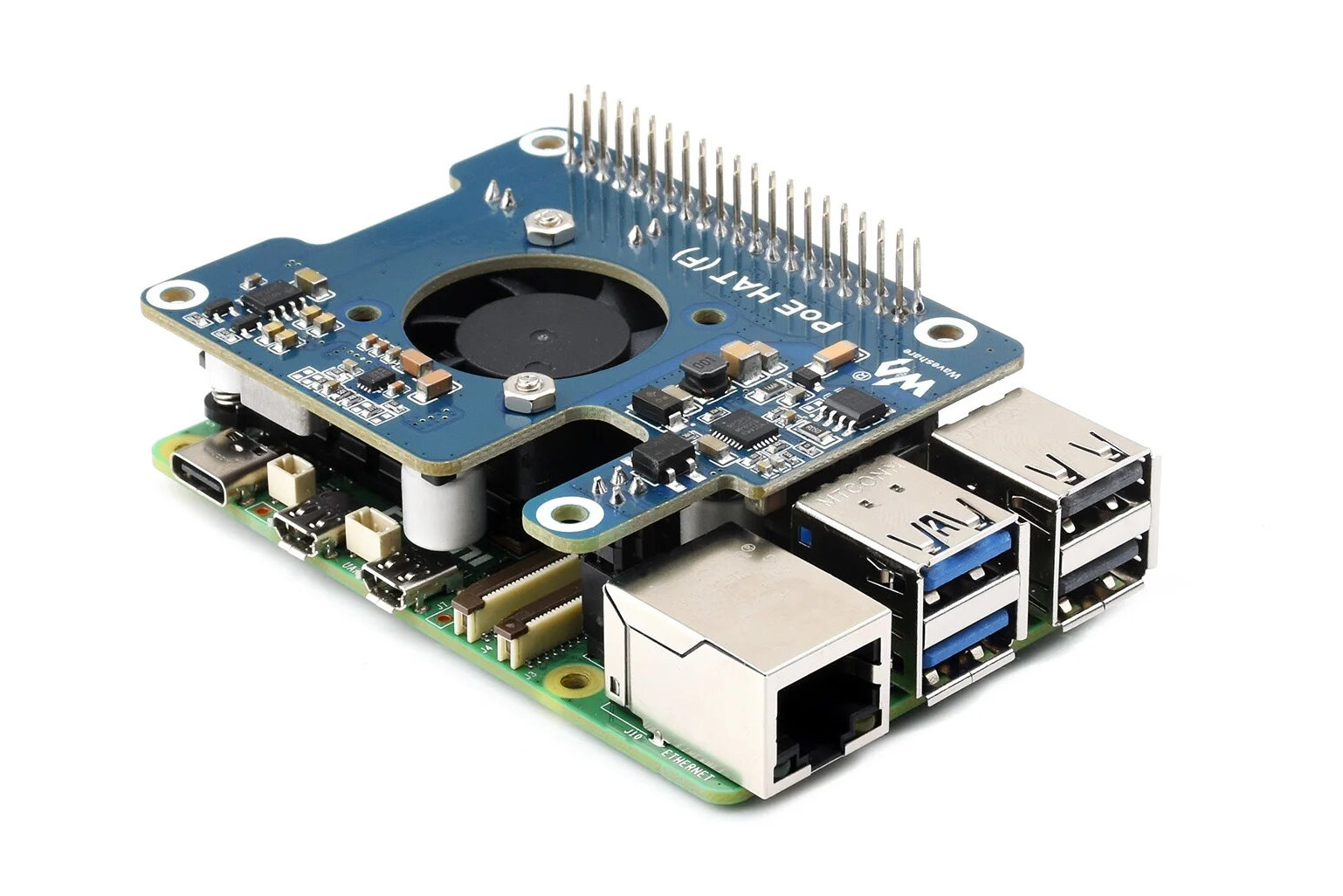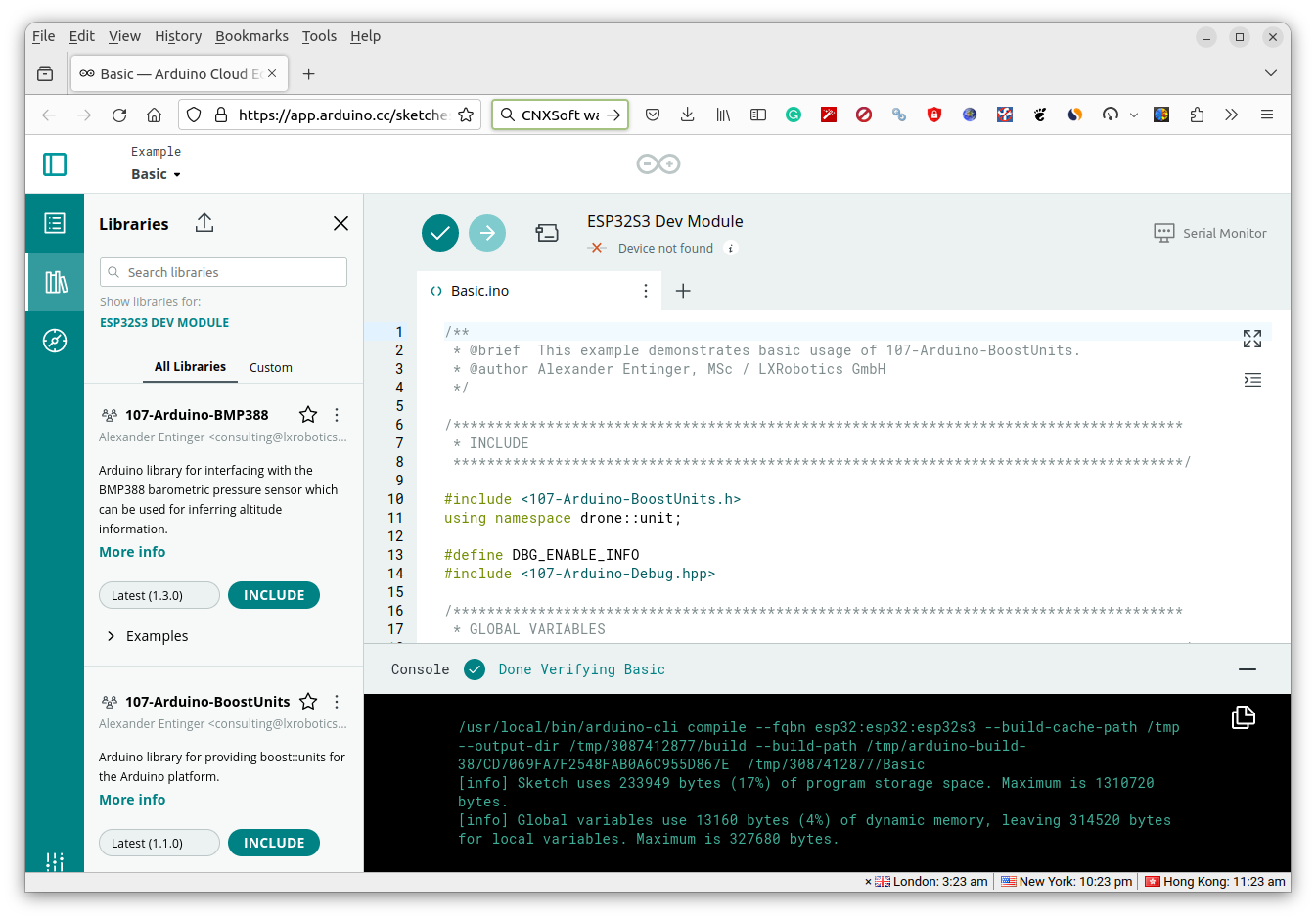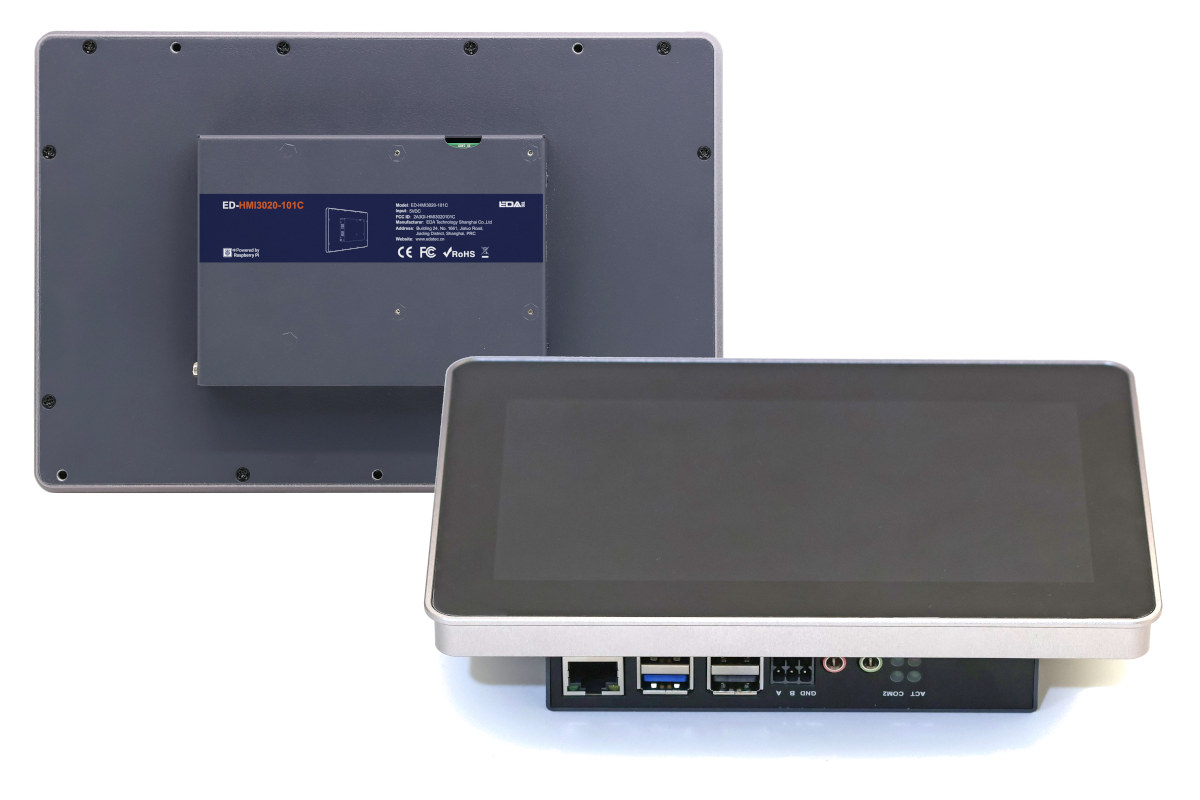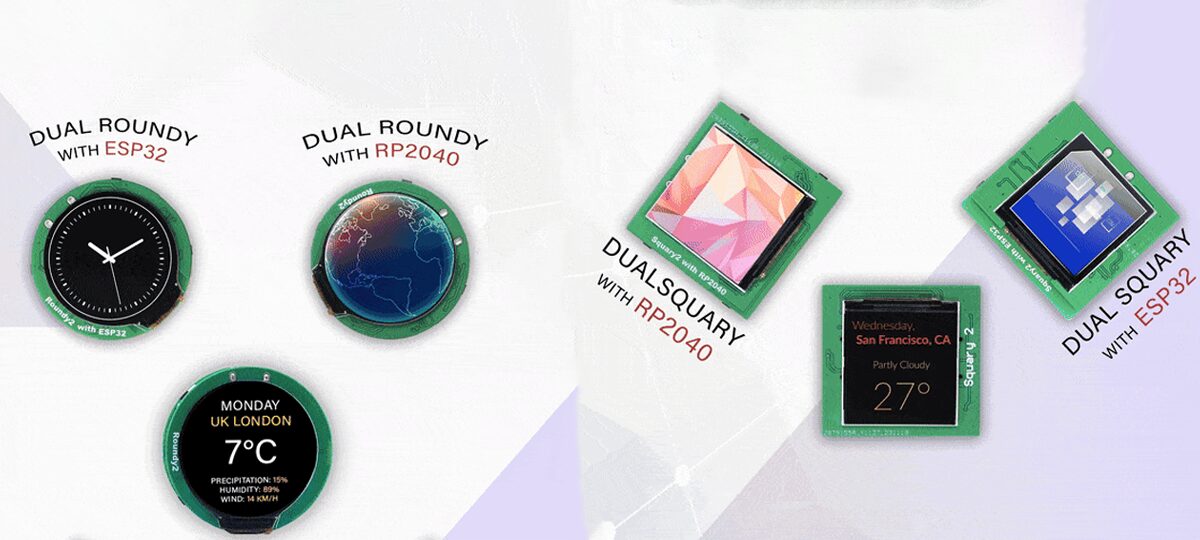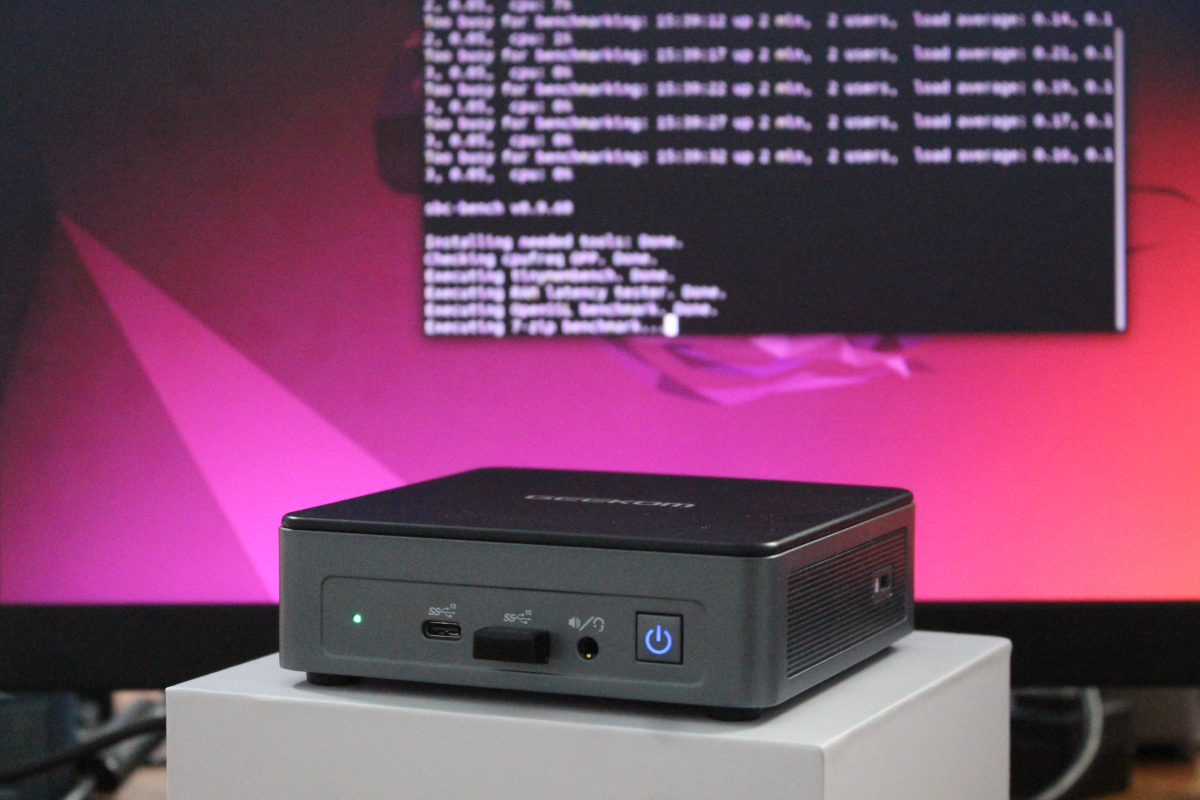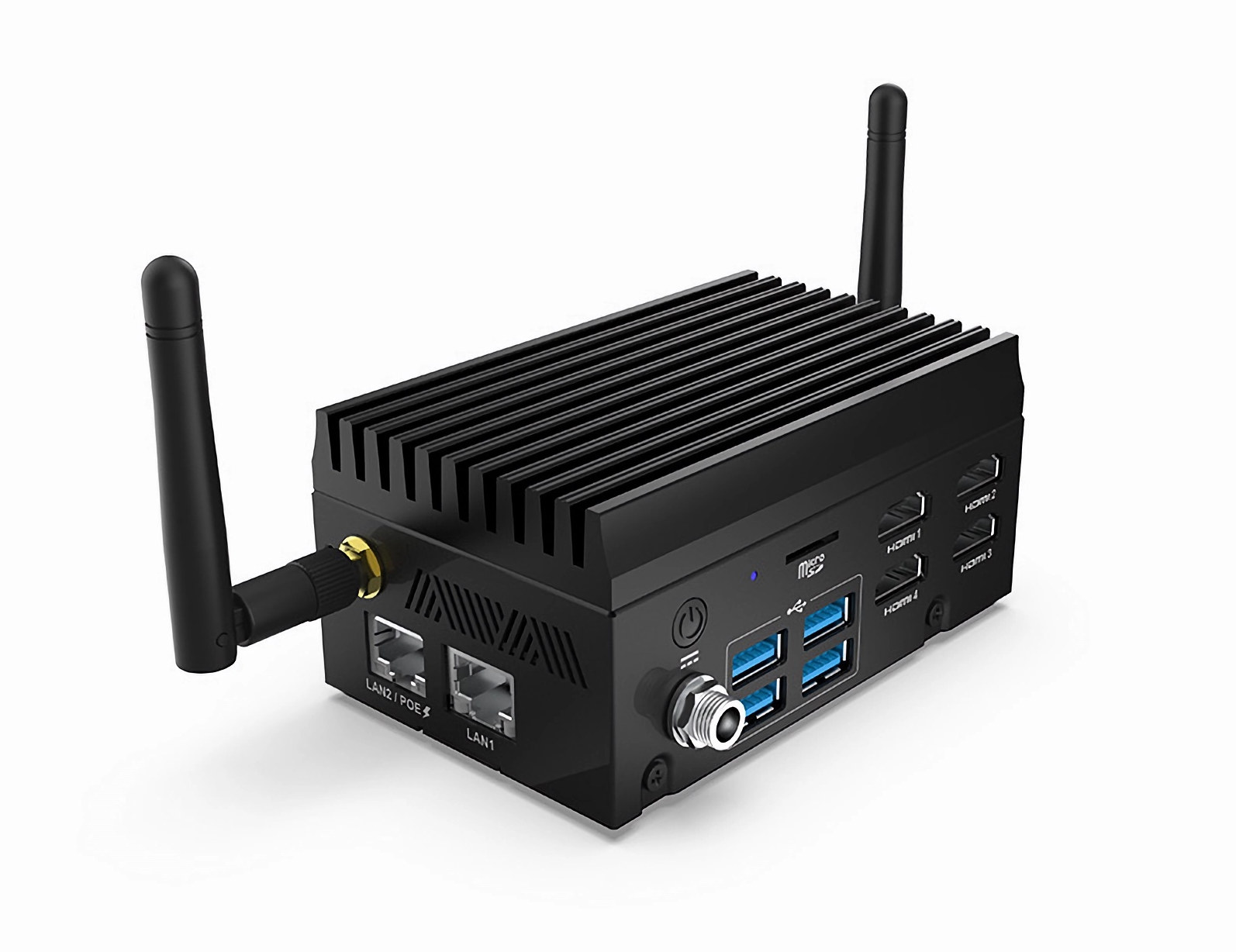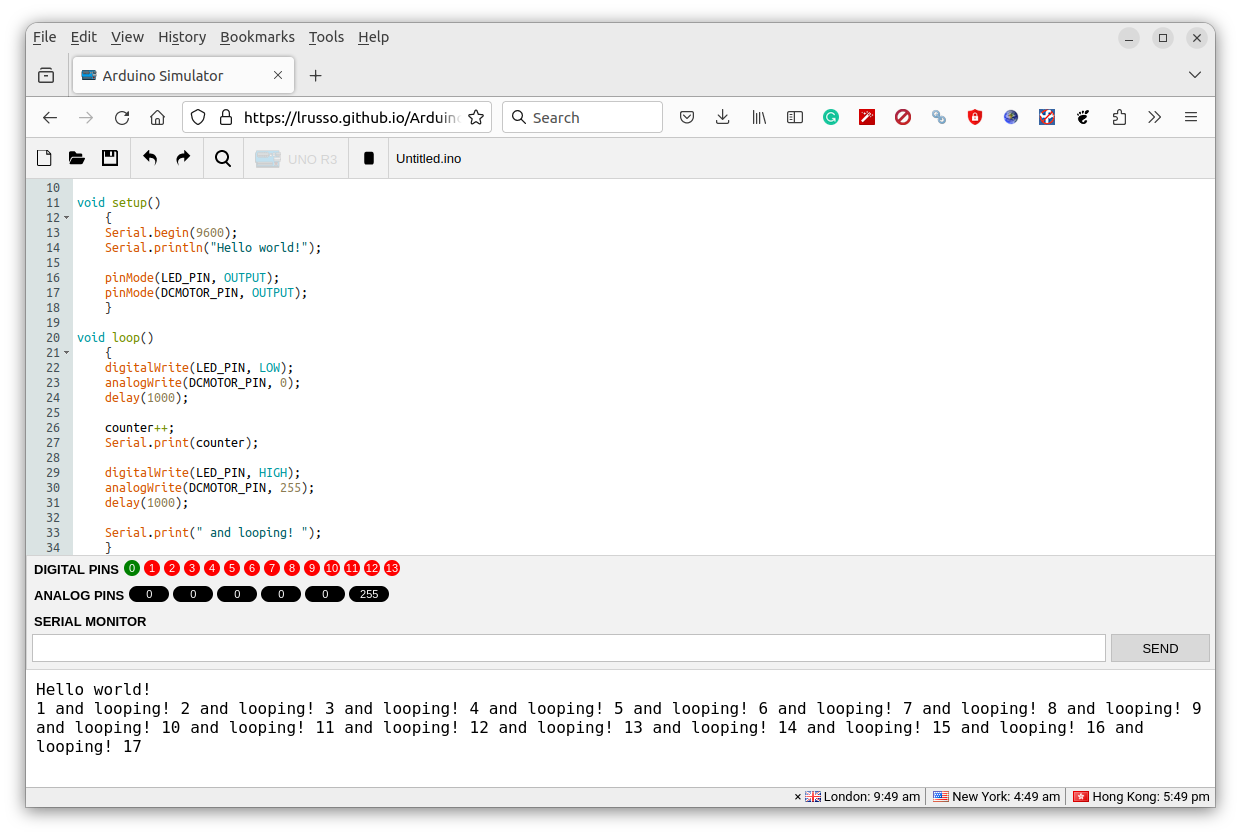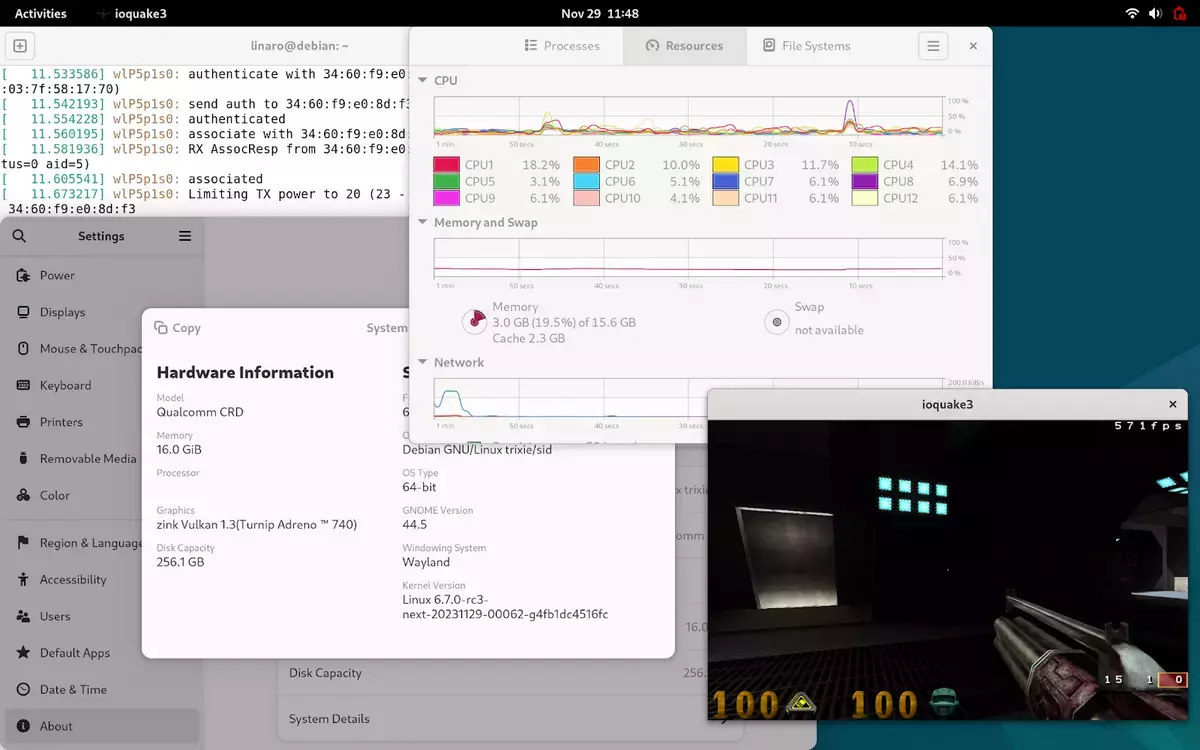Waveshare PoE HAT(F) is an 802.3af/at-compliant 24W Power-over-Ethernet (PoE) HAT+ board designed for the Raspberry Pi 5 that also cools the SBC with its embedded fan, a heatsink, and two thermal pads. The Chinese company has beaten Raspberry Pi to it as the UK company is working on releasing the L-shaped 25W “PoE+ HAT(+) for Raspberry Pi 5” a little later. The existing official Raspberry Pi PoE+ HAT delivers up to 25.5 Watts which would be enough to power the Pi 5, but since the PoE header has been moved to another location, it’s not compatible anymore, so new solutions are needed such as the Waveshare PoE HAT(F). Waveshare PoE HAT(F) specifications: Supported SBC – Raspberry Pi 5 only Connected via 40-pin Raspberry Pi GPIO header and 4-pin PoE header PoE (Power Over Ethernet) IEEE 802.3af/at-compliant Input voltage – 37V-57V DC input Output 2-pin header – 12V/2A max GPIO header […]
Arduino Cloud Editor update brings the classic Arduino IDE experience to your web browser
Arduino has updated the Arduino Cloud Editor – which started as Arduino Create several years ago – to bring the web-based code editor closer to the appearance and functionalities of the “classic” Arduino 2.0 IDE. Arduino says the Cloud Editor simplifies the getting started process without having to go through the setups or maintenance required by the Arduino IDE installed on your computer and you can access your sketches easily from the cloud wherever you are. Considering the Arduino Cloud Editor has been around for a few years what has changed exactly? First, the Cloud Editor and the Arduino IDE now have a unified design (sort of), although the way the company frames it is a bit abstract: Traditionally, Arduino Cloud had two separate editors: an embedded simple one and the full editor. Users have long awaited a unified editor that gets the best of each one. The new Cloud […]
Raspberry Pi 5 industrial HMI displays gain M.2 NVMe SSD, RS232/RS485 interfaces, audio input/output jacks
EDATEC ED-HMI3020 is a family of Raspberry Pi 5-based industrial HMI displays that build upon the earlier ED-HMI3010 panel PCs by adding an M.2 socket for NVMe SSD, RS232 and RS485 interfaces, as well as 3.5mm audio input and output jacks. The new models are still offered with either a 7-inch (1024×600) or 10.1-inch (1200×800) touchscreen display, a Raspberry Pi 5 with 4GB or 8GB RAM with all main ports (HDMI, Ethernet, USB) accessible externally, and support for an optional 8MP front-facing camera. ED-HMI3020 specifications with differences again ED-HMI3010 highlighted in bold or strikethrough: SoC – Broadcom BCM2712 CPU – Quad-core Arm Cortex-A76 processor @ 2.4 GHz with crypto extensions, 512KB per-core L2 caches, 2MB shared L3 cache GPU – VideoCore VII GPU @ 800 MHz with support for OpenGL ES 3.1, Vulkan 1.2, 4Kp60 HEVC decoder System Memory – 4GB or 8GB LPDDR4X-4267 SDRAM Storage MicroSD card socket M.2 […]
SB’s Dual Roundy and Squary Displays are powered by RP2040 or ESP32-S3 microcontrollers (Crowdfunding)
SB-Components has launched Dual Roundy and Dual Squary display modules powered by Raspberry Pi RP2040 or ESP32-S3 microcontrollers. These compact modules feature a 6-DoF IMU, interchangeable displays, and multiple storage and connectivity options. The Dual Roundy is equipped with two 1.28-inch round displays, with a 240 x 240 resolution, and uses the GC9A01 display driver IC. In contrast, the Dual Squary features two 1.54-inch square displays with a 240 x 240 resolution but utilizes the ST7789 display driver. Both displays offer a choice between a Raspberry Pi RP2040 MCU and the ESP32-S3-WROOM-1 module catering to different needs in performance and wireless capabilities. We’ve previously explored other rounded displays like the MaTouch ESP32-S3, T-RGB ESP32-S3, and ESP32-S3 Round SPI TFT. We’ve also examined other products from SB Components such as the Cluster HAT, PiMecha, PiTalk 3G HAT, and Micro RP2040. Feel free to check these out for more interesting tech insights. […]
GEEKOM Mini Air12 mini PC review – Part 3: Ubuntu 22.04 Linux
After going through an unboxing and teardown for the GEEKOM Mini Air12, we tested the Intel Processor N100 mini PC with Windows 11 Pro, and we’ve now had time to check Ubuntu 22.04 on the device and will report our experience with Linux in the third part of the review. We tested the hardware features, networking and storage performance, YouTube video streaming, and ran some benchmarks in Ubuntu 22.04, before checking out the cooling performance, fan noise, and power consumption of the GEEKOM Mini Air12 in Linux. We installed Ubuntu 22.04 alongside Windows 11, after having shrunk the Windows 11 partition by about half before inserting a USB drive with Ubuntu 22.04.3 ISO, and the installation went smoothly with no drivers missing. Ubuntu 22.04 system information The About window in the settings confirms we have a mini PC with a quad-core Intel Processor N100 SoC, 16GB of RAM, and a […]
ECS LIVA X3A – A Rockchip RK3588-powered fanless Android 12 mini PC with four HDMI ports
Powered by a Rockchip RK3588 processor, ECS LIVA X3A fanless Android 12 mini PC is designed for digital signage and self-service kiosks with its four HDMI output ports capable of driving three 4K displays and an additional Full HD display. ECS is better known for its x86 mini PCs, but the company also introduced Rockchip Arm-based platforms in the past with the LIVA Q1A (RK3288/RK3399) and LIVA M300-W (RK3399K) mini PCs as well as the ECS-RK3568 3.5-inch SBC. The latest LIVA X3A fanless mini PC features the most powerful Rockchip processor, namely the RK3588 octa-core Cortex-A76/A55 SoC. ECS LIVA X3A specifications: SoC – Rockchip RK3588 CPU – Octa-core processor with 4x Cortex-A76 cores @ up to 2.4 GHz, 4x Cortex-A55 cores @ up to 1.8 GHz GPU – Arm Mali-G610 GPU with OpenGL ES 3.2, OpenCL 2.2, and Vulkan 1.2 support VPU – 8Kp60 video decoder for H.265/AVS2/VP9/H.264/AV1 codecs, 8Kp30 […]
ArduinoSimulator is an open-source Arduino Simulator that runs in your web browser
Leonardo Russo’s ArduinoSimulator is an open-source Arduino Simulator written in JavaScript that runs code directly in your web browser and shows the serial output and digital/analog pins status for various Arduino boards namely Arduino UNO R3, MEGA1280, MEGA2560, and NANO V3. We previously covered the Wokwi simulator for ESP32. Arduino, and Raspberry Pi RP2040 that’s a great little tool for educators to emulate circuits and run code right in a web browser, and it even supports the ESP32-P4 wireless MCU although it’s yet to be released. While the simulators are written in JavaScript and open-source, the tool itself is not, and for instance, you can’t run a self-hosted instance of Wokwi or use it offline. The ArduinoSimulator is fully open-source and runs entirely from a web browser. It’s not quite as complex and full-featured as Wokwi, as you can’t build your own circuits, but you still have an area to […]
Debian 12 and Linux upstreaming for the Qualcomm Snapdragon X Elite SoC
When Qualcomm launched the powerful 4.2 GHz Snapdragon X Elite 12-core Arm SoC for “mobile PCs” (better known as laptops), I was surprised they showed benchmarks for both Windows and Linux as in the past, the company focused on Windows only for this type of processor. But at the time we were only shown Geekbench 6.2 results in Linux, so it was not clear what was supported at the time. But a recent post by Abel Vesa, Linaro engineer, explains a fully working Debian 12 image with GPU rendering and WiFi connectivity was ready right before launch and work is now being done to upstream the code to Linux mainline. In this post, he shares the Linux upstreaming plan and provides instructions to install Debian 12 on an official Snapdragon X Elite reference design. Upstreaming will be done in two parts, starting with support for the following: Qualcomm Oryon CPUs Clocks, […]


